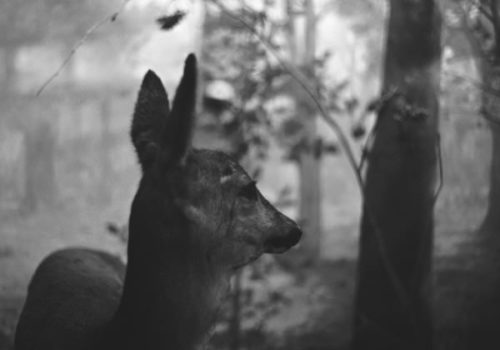Born in Grodno in 1981, Andrei Liankevich lives and works in Minsk. He holds a degree from the State University of Belarus. In 2005 his report on the Yezid minority in Armenia earned him the World Press Photo Award, one of photojournalism’s most prestigious prizes. When only just twenty-four he began working with the European Pressphoto Agency (EPA), then with the Austrian agency Anzenberger. Since 2008 he has been a member of the young photojournalists’ collective Sputnik. His pictures are published in the national and international press (The New York Times, Newsweek, Le Figaro, Die Zeit, Der Spiegel, GEO) and exhibited around the world. He is also the author of several books. Pagan, published in 2010, was the result of a study of paganism which in 2009 received the Humanity Photo Award, granted every two years by the China Folklore Photographic Association with the backing of UNESCO.
Fake Animals is an exploration of gradually disappearing Slavic pagan rites. These are based on ancestral traditions revolving around sacred animals, mysterious creatures whose lives are symbolically connected to the cycles of nature: as messengers and oracles they inspire and take part in shamanic rites involving a form of trance practised in Siberia and sometimes associated with witchcraft and are the heroes of tales and legends. In his photographs of stuffed animals Andrei Liankevich plays the part of a messenger moving among human souls and the spirits of the natural world. His work is also a tribute to the taxidermists who, as if by magic, restore life and expression to their creatures.
“Life, death. Man, animal. Stuffed animals are a strange, almost inexplicable phenomenon. They are viewed by countless people in museums, but why men kill animals in order to given them a living appearance remains a mystery.”
Anna Shpakova, curator
Text from the catalogue-book “Photoquai”, co-edited by Musée du Quai Branly- Actes-Sud
















